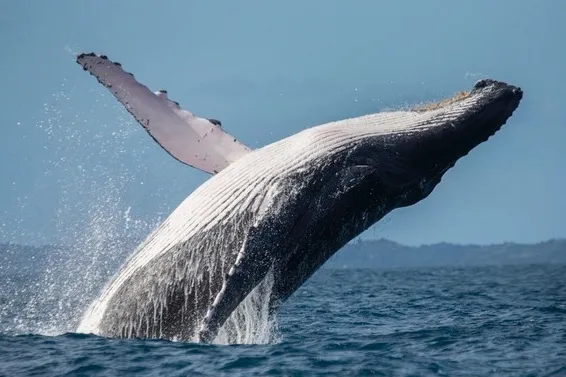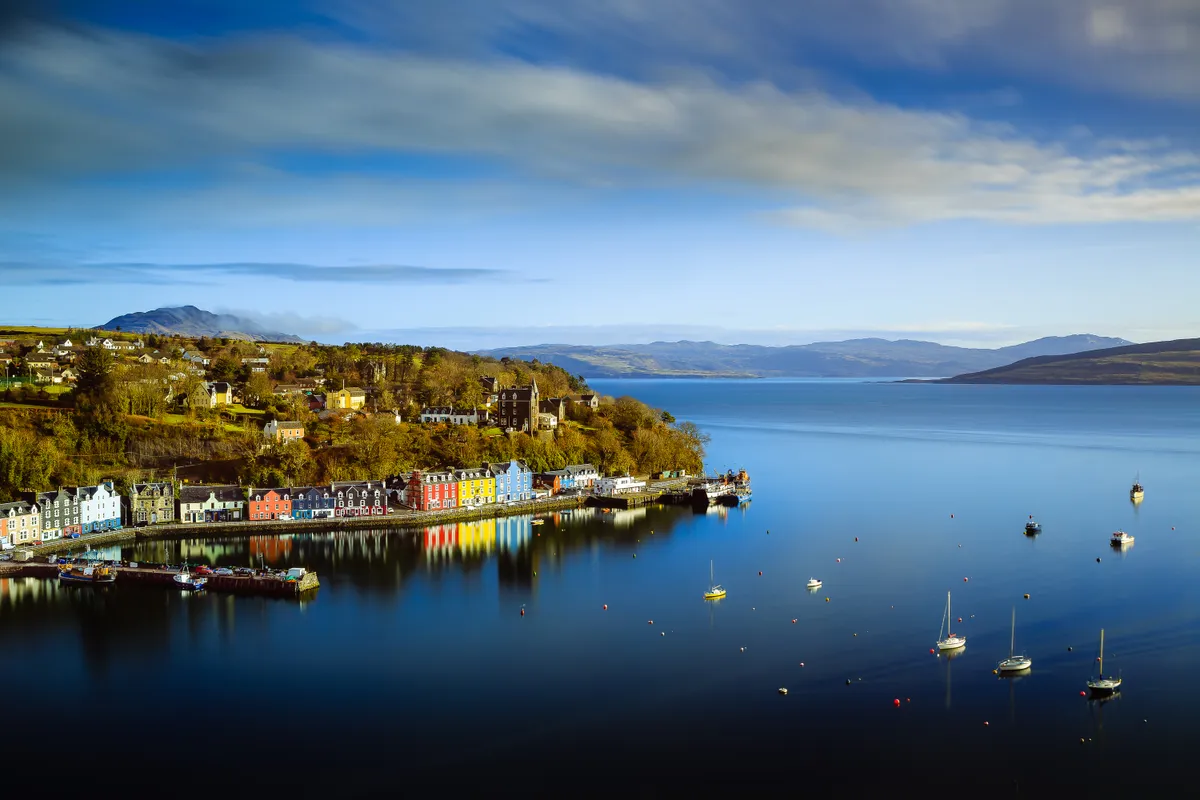A quarter of the world’s whale and dolphin species either reside or pass through the waters off the west coast of Scotland and many of these are frequently spotted from the shore or on the ferries that travel between Hebridean islands.
Such sightings are always down to good fortune and timing but to help nudge the odds in your favour, the Hebridean Whale and Dolphin Trust has created the Hebridean Whale Trail.
How to take part in the Hebridean Whale Trail
The trail has identified 30 points across the Hebrides – 20 in the Inner Hebrides and 10 around the Outer Hebrides.

Each location will feature an interpretation board telling you what to look out for. In addition, a Whale Track app can be downloaded from the HWDT website which will enable you to identify and register what you see, as well as find out what has been spotted recently. There are also plans for the app to feature a real-time alert for sightings.

The Outer Hebrides locations are: Tiumpan Head on the east coast of Lewis, the Butt of Lewis, Gallan Head on Lewis’s Àird peninsula, Hushinish in west Harris, Scalpay to the east of Harris, Balranald and Lochmaddy on North Uist, Rubha Àird a’Mhuile on the west coast of South Uist, Tràigh Mhòr on Barra and St Kilda.
Tiumpan Head, on the east coast of Lewis, is good for sightings of humpback and sperm whales, while off Barra you may spot “the Barra boys”, a resident pod of bottlenose dolphins. At Gallan Head, you can use telescopes positioned near the cliffs while there are plans to install sonar at the nearby Edge Café so that visitors can listen out for cetaceans.
Locations in the Inner Hebrides include Mull, Skye, Eigg and Tiree. The trail also features Cape Wrath on the north-west mainland of Scotland, Ardnamurchan Point, the most westerly edge of the British mainland, and, further south, the river Clyde.

Download the Hebridean Whale Trail map © HWDT
The trail’s website www.whaletrail.org includes routes, transport options and site details. On-site interpretation at key locations will explain which species of cetaceans – the collective name for whales, dolphins and porpoises – might be seen.
Across the trail there will be many opportunities for visitors and residents to get involved in marine conservation activities – including joining volunteers to watch, identify and record marine wildlife from land or the ferries which connect the sites, as well as discovering more about Scotland’s seas from experts at a range of visitor centres.
Citizen science
The Trust sees the trail as embracing citizen science and hopes that it will contribute to an increasing database of sightings of different species, with a view to informing how better to manage and protect the waters through which they pass. Just as importantly, the hope is to inspire visitors.

"On the Outer Hebrides you feel on the edge of Europe, even of the world," says Karl Stevens of the Hebridean Whale and Dolphin Trust. "The trail is not necessarily just about the cetaceans. The places in themselves – dramatic headlands, lighthouses, huge beaches, are wonderful places to visit even if you don’t see cetaceans there,’" he adds.
"The next bit of land across the ocean is America and who knows what is out there. You just have these amazing seascapes so far from the mainland. It’s a mysterious place of dramatic sea cliffs at the top of Lewis and the waterlands of the Uists. There just feels to be more of a link to the sea in the Outer Hebrides than anywhere else I’ve been in the world."
Three cetaceans to look out for on the trail
“Scotland’s west coast is one of Europe’s best places to catch sight of whales, dolphins and porpoises from land – and you may see bottlenose and common dolphins, harbour porpoise, minke whales and killer whales,” said Karl Stevens, Hebridean Whale Trail Manager.
Here are three species of cetaceans to look out for on the trail.
1
Minke whale
Length: 7-9 metres in length
Features/body type: Large body with pointed, triangular head
Dorsal fin found over half-way down their back is arched
Appearance: Flippers marked with white slash
Threats: Accidental collisions with UK ships and overfishing
Interesting fact: Can be seen near the shoreline

2
Common dolphin
Length: 1.6-2.5 metres
Features/body type: Slim beak and slender body
Fin: Dorsal fin curved and slim
Appearance: Lightly coloured underneath
Distribution: English Channel, south-west and north-west England, west Scotland, Ireland and the Irish Sea
Threats: Fishing gear entanglement, pollution
Interesting fact: These dolphins have a pattern on their sides that looks like an egg-timer

3
Harbour porpoise
Length: Up to 1.8 metres
Features/body type: A small, rounded head
Fin: Triangular, blunt dorsal fin, located just behind the centre of the back
Appearance: Robust dark body with a pale-grey underside
Threats: Accidental capture in fishing nets
Interesting fact: Harbours are the only member of the porpoise family found in European waters

Guide to Britain’s dolphins, porpoise and whales – facts, how to identify and where to see them
Learn all about Britain's dolphins, porpoise and whales – including identification, the best places to see them and boat excursions – with our guide to the UK's most common cetacean species.

Mark Rowe is author of two guidebooks to Scottish Islands: Outer Hebrides, the Western Isles from Lewis to Barra; and Orkney. Both are published by Bradt (www.bradtguides.com).

